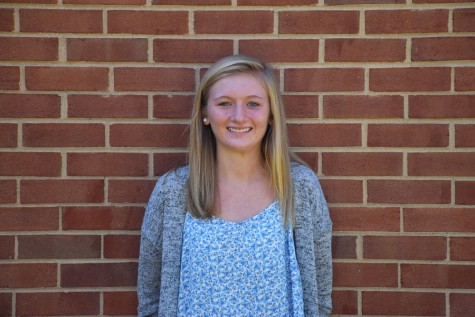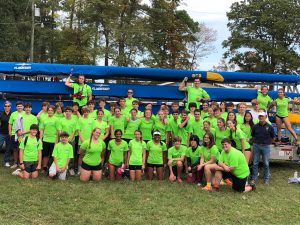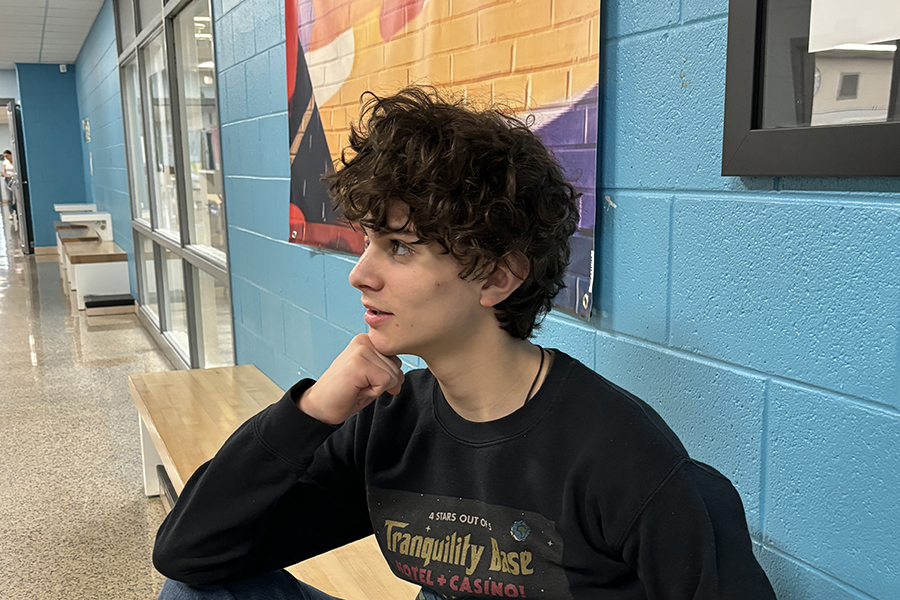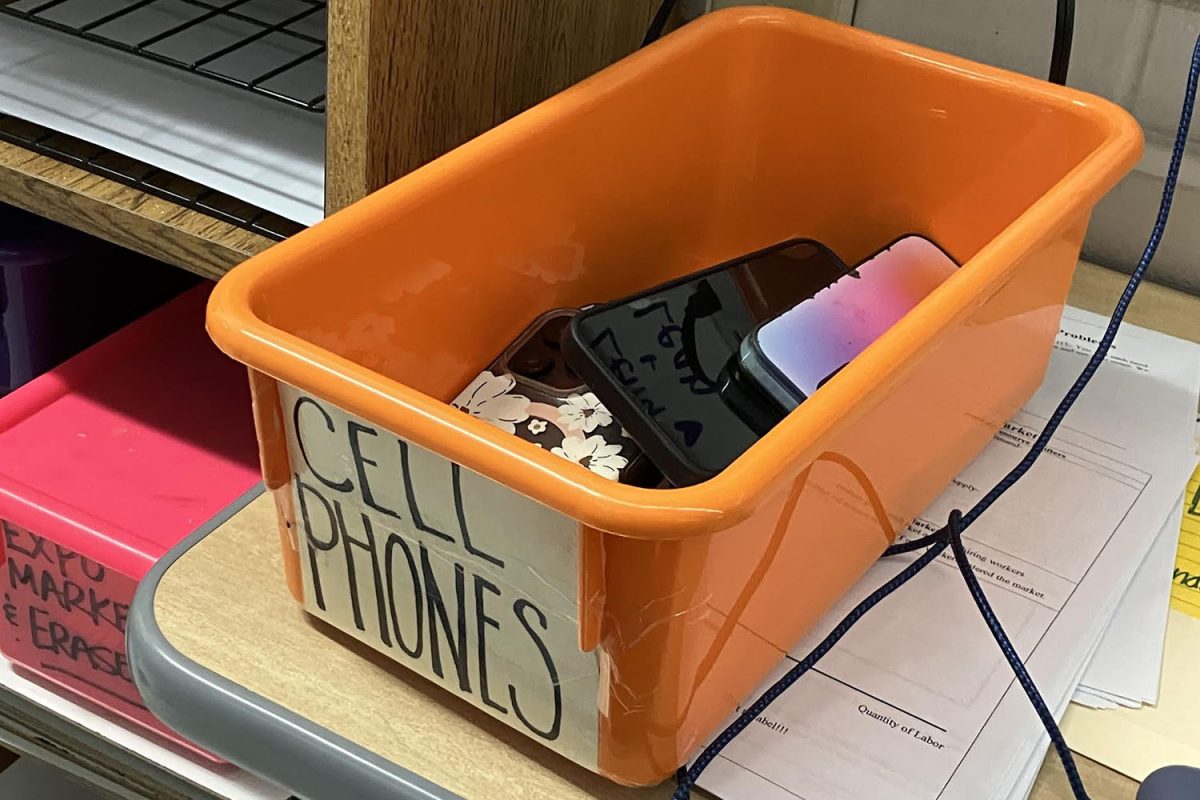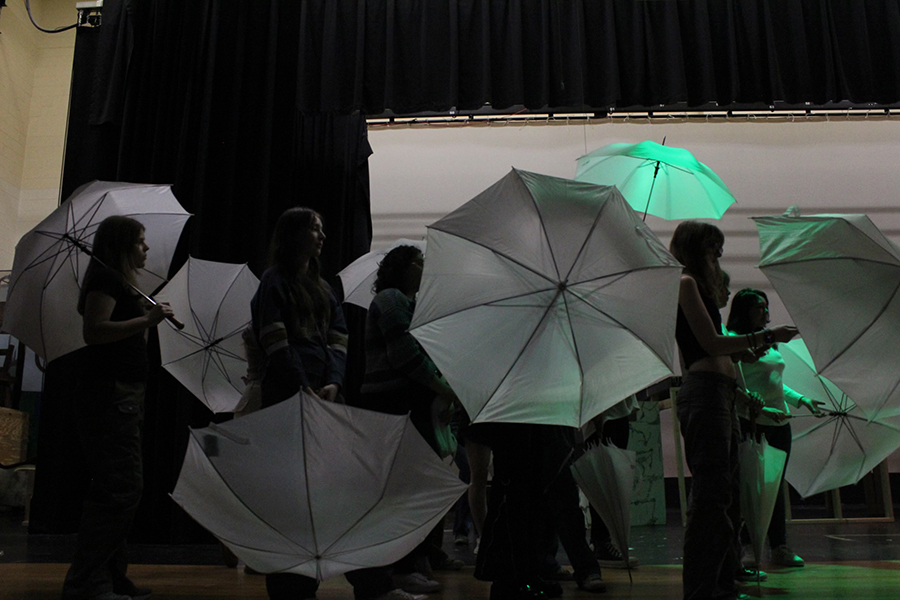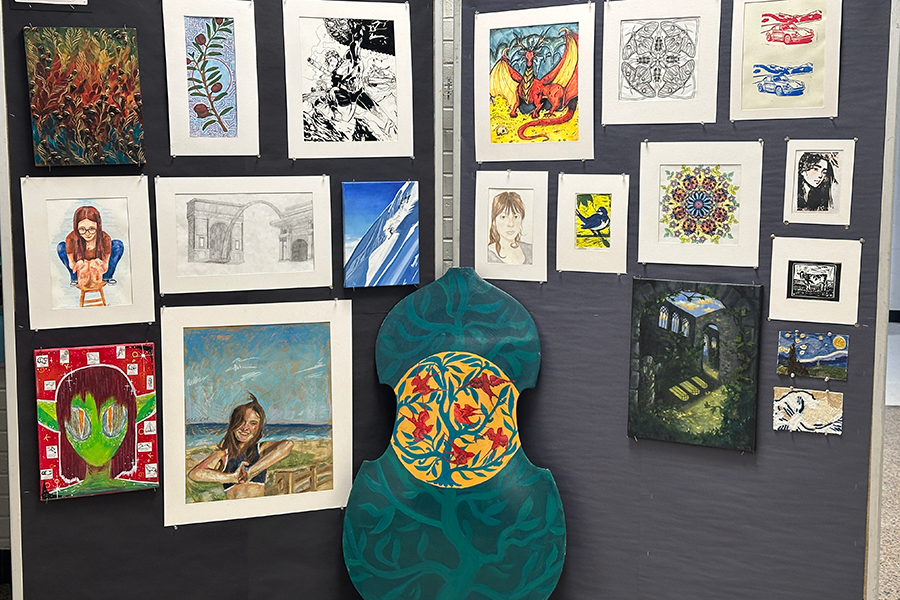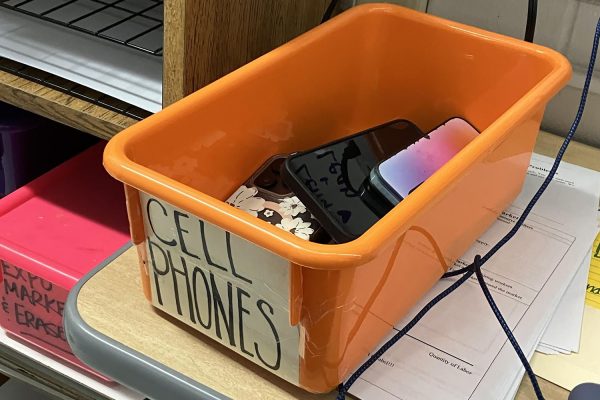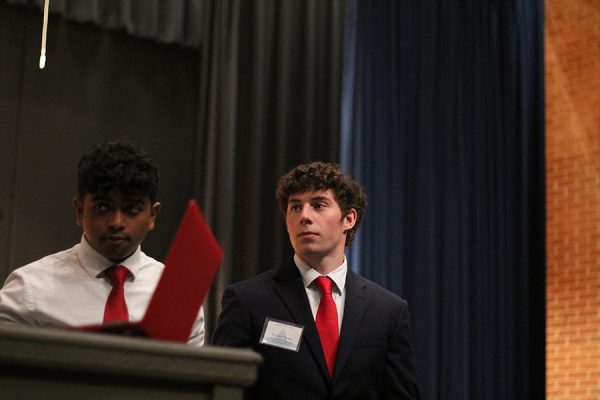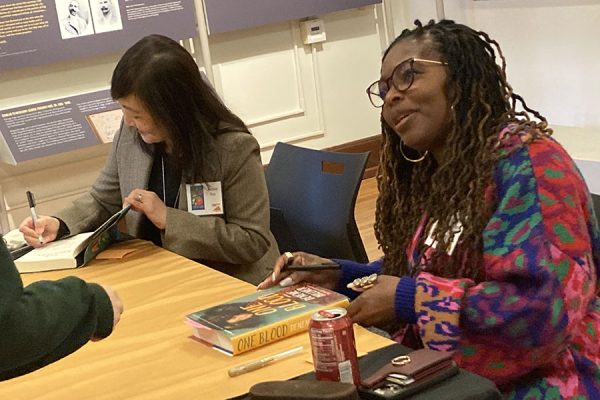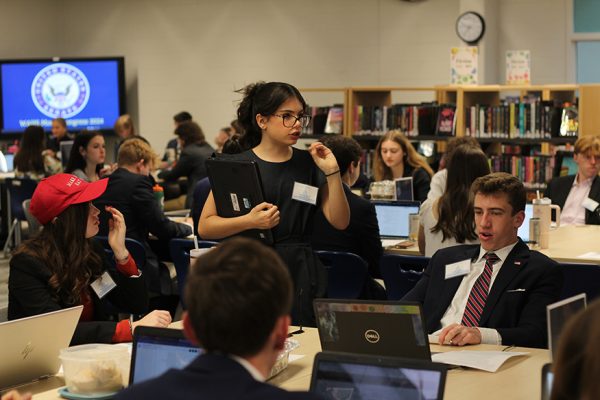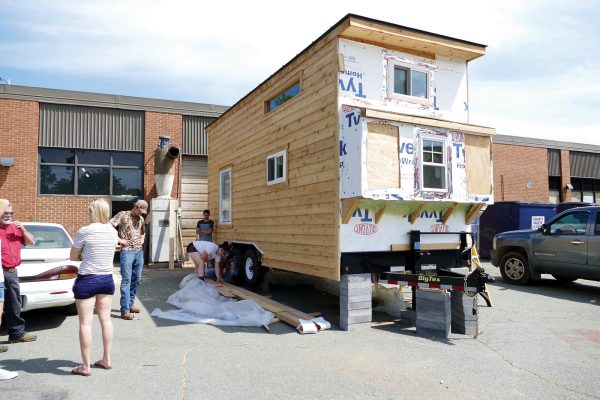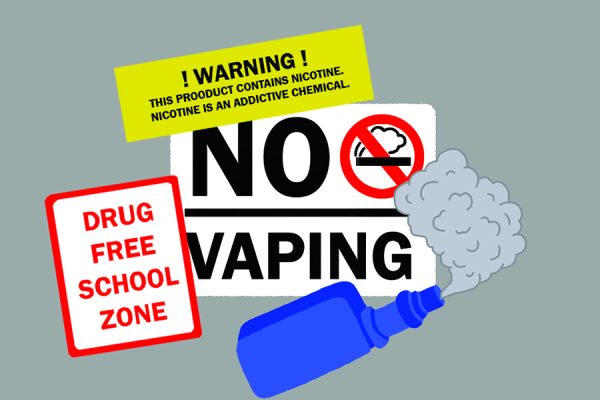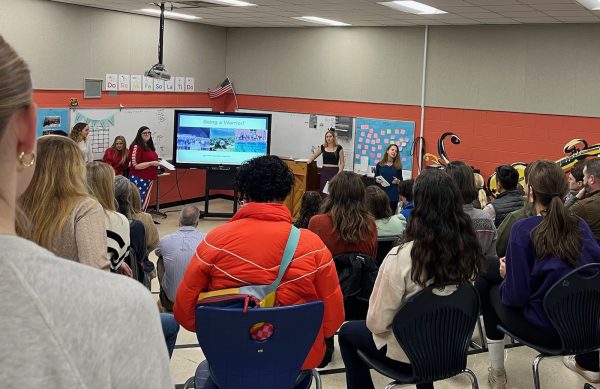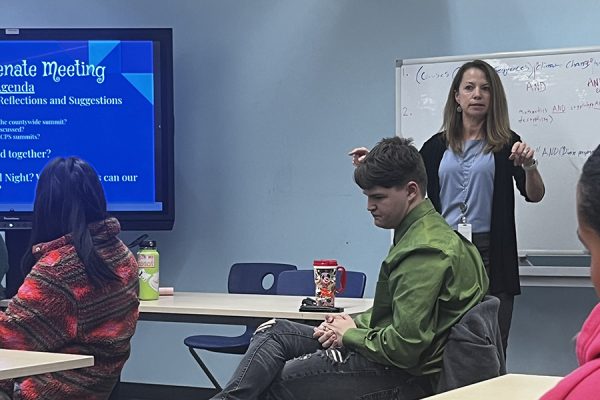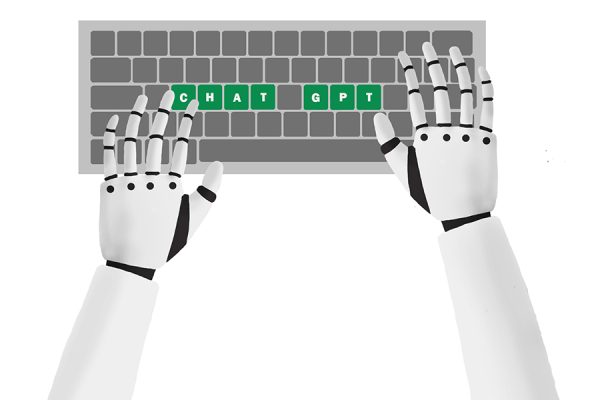Most Likely to Succeed
January 11, 2016
As they were quietly walking down the aisle, preparing to take a seat, Bevin Lexa and Noa Kipnis were looking around the spacious Charlottesville High School auditorium. Bevin and Noa, along with many other freshmen, were invited to go on this fieldtrip through their English and Leadership classes. They didn’t know what to expect, aside from the vague information that was written on the permission forms they’d received.
The auditorium was showing a documentary, “Most Likely to Succeed,” presented by the Virginia Film Festival. In the film, director Greg Whiteley analyzes the history of education in the United States and reveals newly-formed teaching methods being displayed by a high school in San Diego. The school exhibits a project-based, hands on curriculum and provides students with vital collaborative skills they’ll need to succeed in our modern world full of robots and technological innovation. The film strikes the viewer with the unsettling reality of the never-changing school system, proposing the potential change of education all together.
Most Likely to Succeed featured another shocking reality as well. Everyone knows that in our world, computers have a huge role in our daily lives. You may not know this; but technology could soon take over your job. Surgeons, lawyers, financial advisors, and online marketers are only some of the jobs filled by robots today. This brings up the question, “Why are we spending so much time in school if a computer will replace our job?”
“It makes me sad just thinking about it,” said Noa, “My dream job is to be a lawyer, and once I found out a super computer could fill that role, I realized all of my hard work could be useless.”
So what can we change in education, to prepare students for the challenging world ahead? The school featured in the film, High Tech High, has started teaching kids some vital lessons. It began in 2000, as a charter school launched by educators and business leaders. Their curriculum features hands-on, teamwork-building projects, in contrast to the traditional textbook assignments. Instead of testing student’s knowledge with quizzes and standardized tests, teachers at High Tech High assigned their kids with large projects. These projects are on display once each year to parents and other members of the community. As these people observe the students present their projects, they evaluate their work. This provides the state with proof that the students are learning, which keeps the high school open. There are traits that robots cannot contain cannot contain, including; Determination, perseverance, and creativity. Teachers help the students to develop these characteristics through their teaching methods, which will prepare them for a career.
The big problem is, how are we going to make our school system change into this one? It might seem relatively simple, but think about how much education has changed in the past few years. Children were originally taught in a one-room schoolhouse. Ages varied, and all subjects were taught at the same time. Then, the schoolhouse transformed into a larger, more effective way of learning, where students were divided by grade level and taught in separate rooms. Surprisingly, this was the last major change in schooling. Imagine trying to change our way of learning after over one-hundred years of stagnation. Bevin, a freshman who attended the screening responded, “It feels like we’re reaching for something impractical. So many people are used to this school, and this system, and the possibility of change feels almost out of reach. This idea of teaching has been going on for so long.”
Maybe we won’t see change in our lifetime, but education will have to alter at some point to keep up with our modern world.



